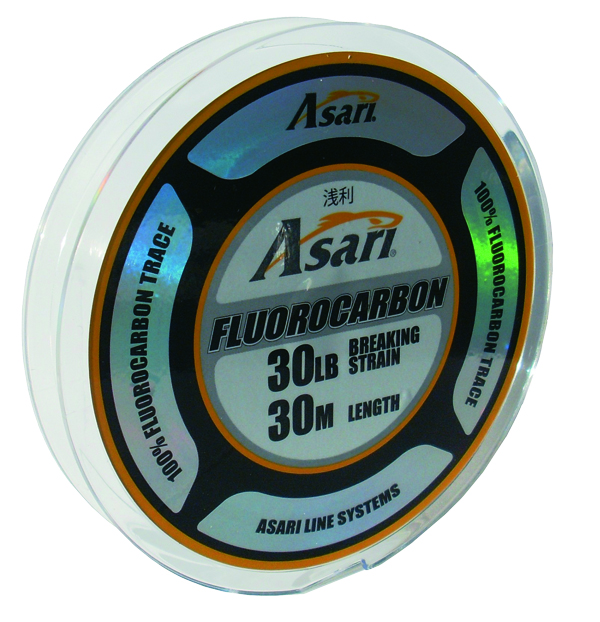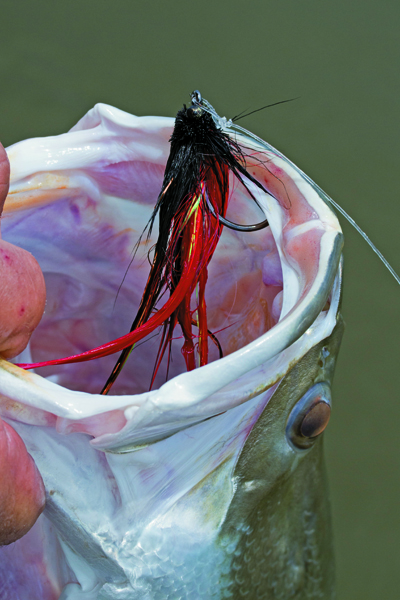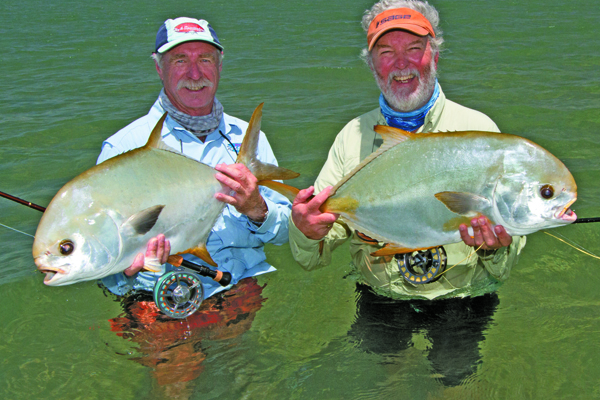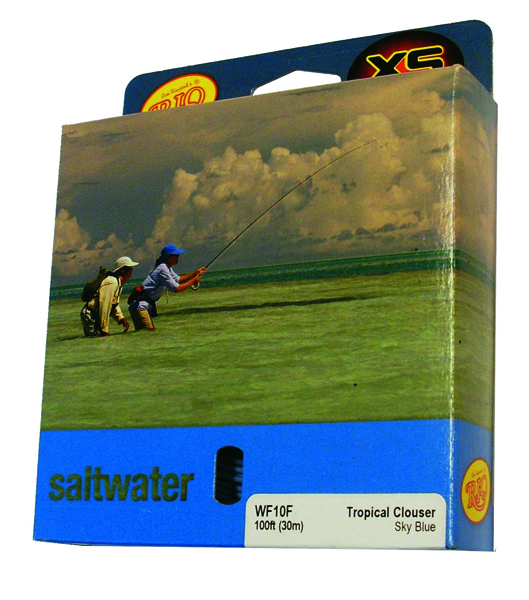FISH THE RIGHT DEPTH WITH THE RIGHT LEADER
- NAFA
- Jul 1, 2012
- 3 min read
RIO FLY LINES FOR DEPTH ACCURACY In my book A Few Great Flies…And How to Fish Them, I talk about the essentials of presentation: fly choice, fly depth and the retrieve that you use to bring that fly to life. You can get away with having one of these three wrong but not two. Depth and retrieve are intertwined; you can’t work a fly slowly for barra (or anything else for that matter) at a suspended depth if the fly line won’t let it get down there and stay there…OR the fly line sinks too fast and plunges the fly through the right depth and doesn’t allow you to hold it there for it’s that slow, suspended retrieve. Alternatively, on the flats its often very important to keep your fly on the bottom where the fish are looking for their food, but a floating line may very well lift it off the bottom, ruining the presentation and, while a sinking line will keep it on the bottom, it may very well catch up in oysters, rocks and coral. Carrying a range of fly lines, either on different rods or on different reels or even spools, makes a lot of sense, even if you chase just barramundi. Slack water on the bottom of the tide is a very different situation from a running tide; barra on the flats in a foot of water is a very different situation from barra in the snags on a deep bend. So even one species throws up all sorts of variables. For throwing surface flies such as Dahlbergs and poppers, especially out in the lily pads, a floating line is best by far and my favourite floater is Rio’s Tropical Clouser line. It carries big flies with ease and its 42ft heads makes for great line control. My most important all-round fly line is Rio’s Saltwater Intermediate. It’s very versatile and is very useful in a lot of situations – from casting to busting up pelagics through fishing deeper sections of the billabongs as well as gutters and snags on the slower tides. It gives your fly that critical hang time that is so important for success. Because I enjoy flats fishing so much, and what fly fisherman doesn’t, a floater with a clear slow-sinking (intermediate) tip line is also a great favourite. A floater is easier to pick up and present than a full intermediate and Rio’s Floating Intermediate Tip is my first choice. If I’m out on the reefs and need to get deep fast, or during times of stronger tidal flow up in the estuaries, my favourite line is Rio’s Deep Sea. This has a 30 foot fast-sinking head backed up with a tropical-rated intermediate running line. With this Rio line selection you can really get your fly depth right.
ASARI FLUOROCARBON Attention to detail is the key to consistency and, if you neglect the small things, these are what will let you down. One of the really great things about fly fishing around Australia is that you just never know what might turn up next. Having the tackle and rig to cover almost any situation that might arise is always a compromise between a lot of different things, and what might work in the middle of the range might not be effective at the extreme ends – at one end is out-and-out toughness and at the other end is subtlety. One thing that’s for certain is that, the better the abrasion resistance of your leader material, the finer you can fish and the more likely you are to be able to land those special opportunistic captures. The leader and the tippet are always potentially your weakest link and my choice of leader material is one I take very seriously. I’ve been fishing the Asari fluorocarbon for a year now, and in a wide variety of demanding situations. Demanding has several meanings in this case: knot strength, abrasion resistance, stiffness and good old visibility are the big ones and the Asari FC rates 5 stars in all of these. Flats fishing for permit is just about as testing as fishing can get and, when things like golden trevally, giant herring, queenfish and monster GTs are turning on the same flats, you need to have all those leader boxes ticked. The same range of demands – but in a different order of priority – arise when barras, golden snapper and all those rough-and-tumble species of the north are in front of you, then enter some sharp-toothed mackerel into the mix and it’s different again. Asari fluorocarbon ticks ALL of the boxes for me.












